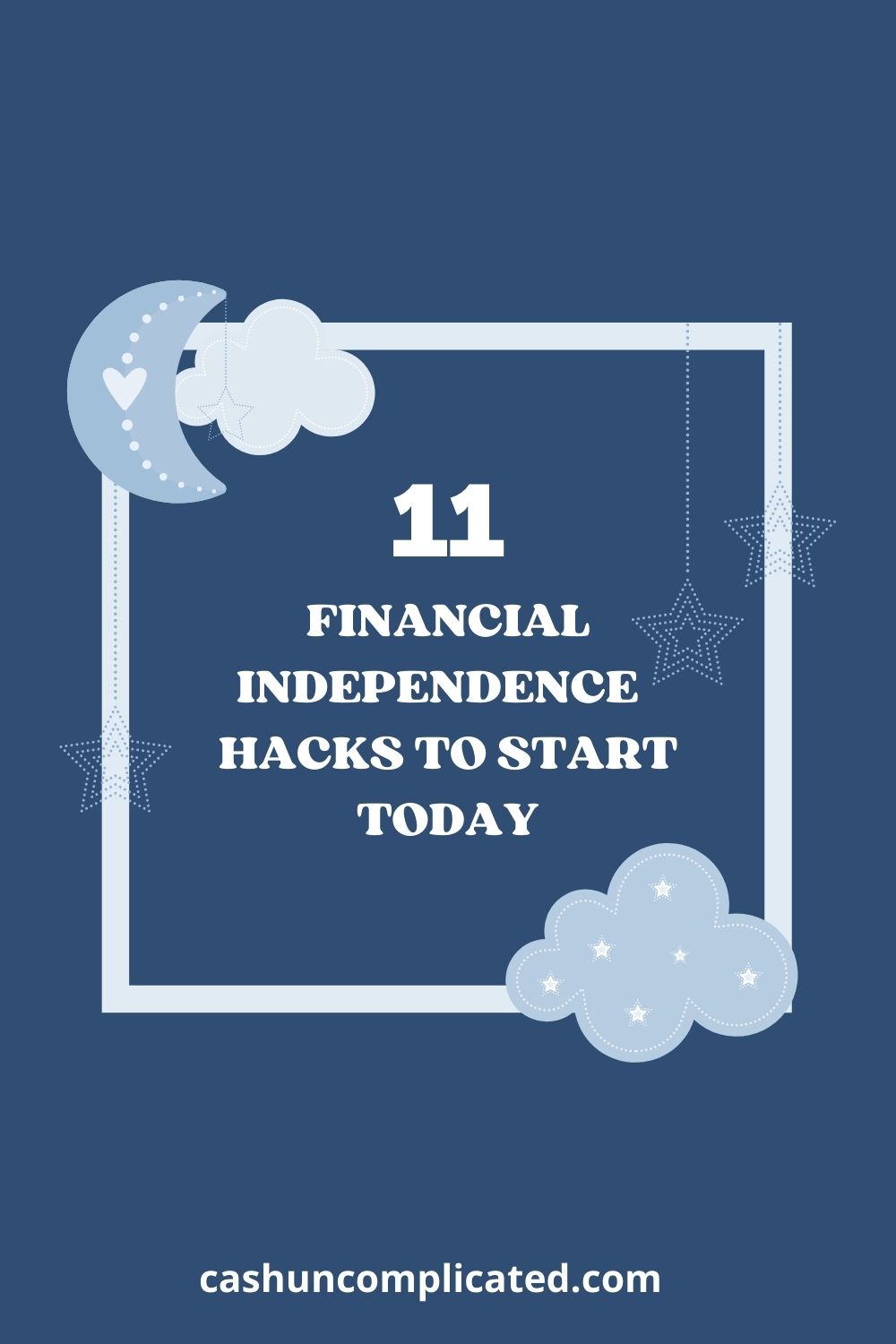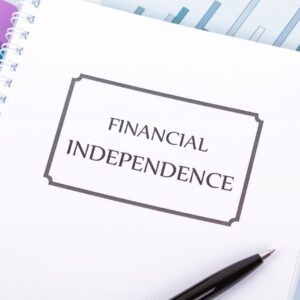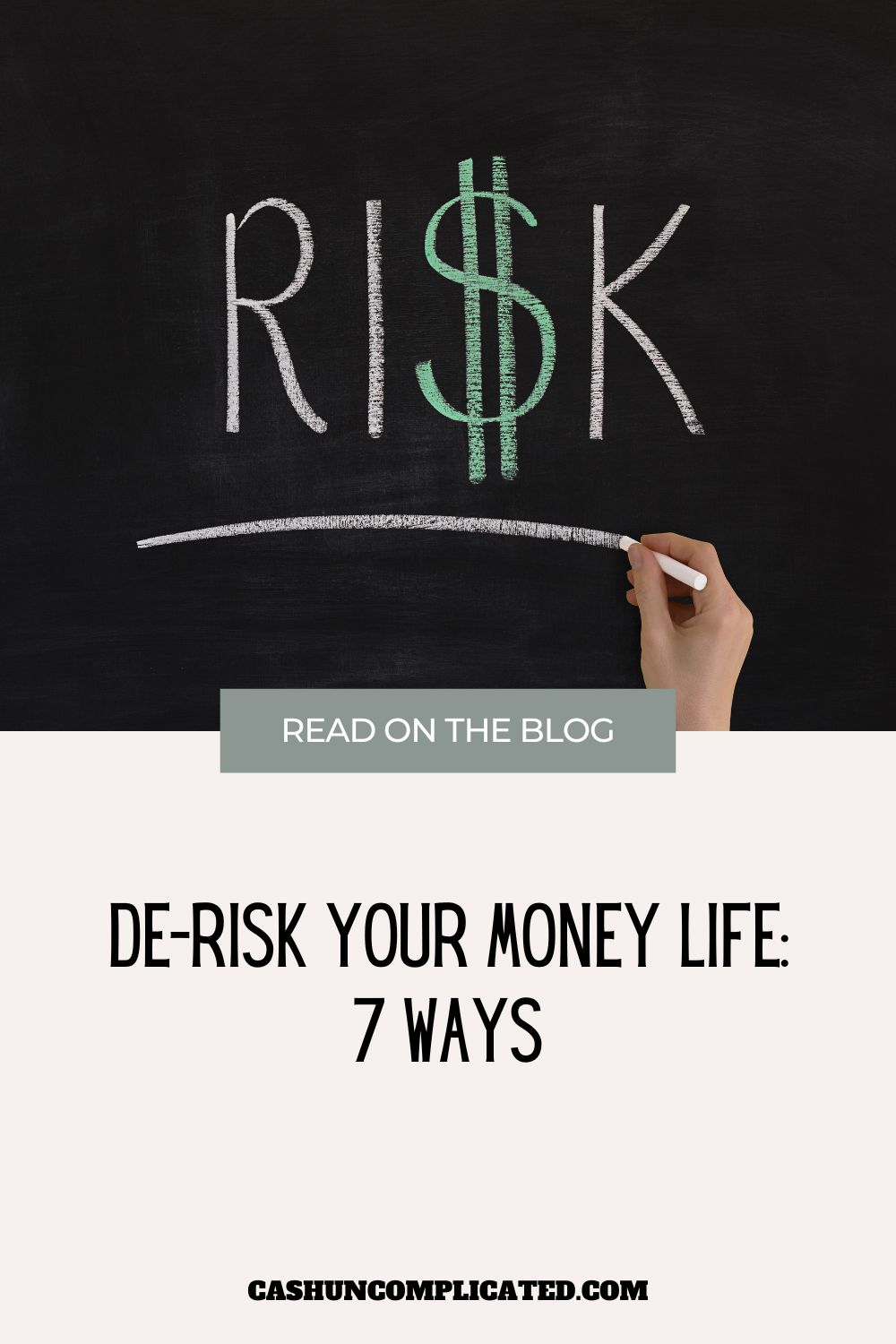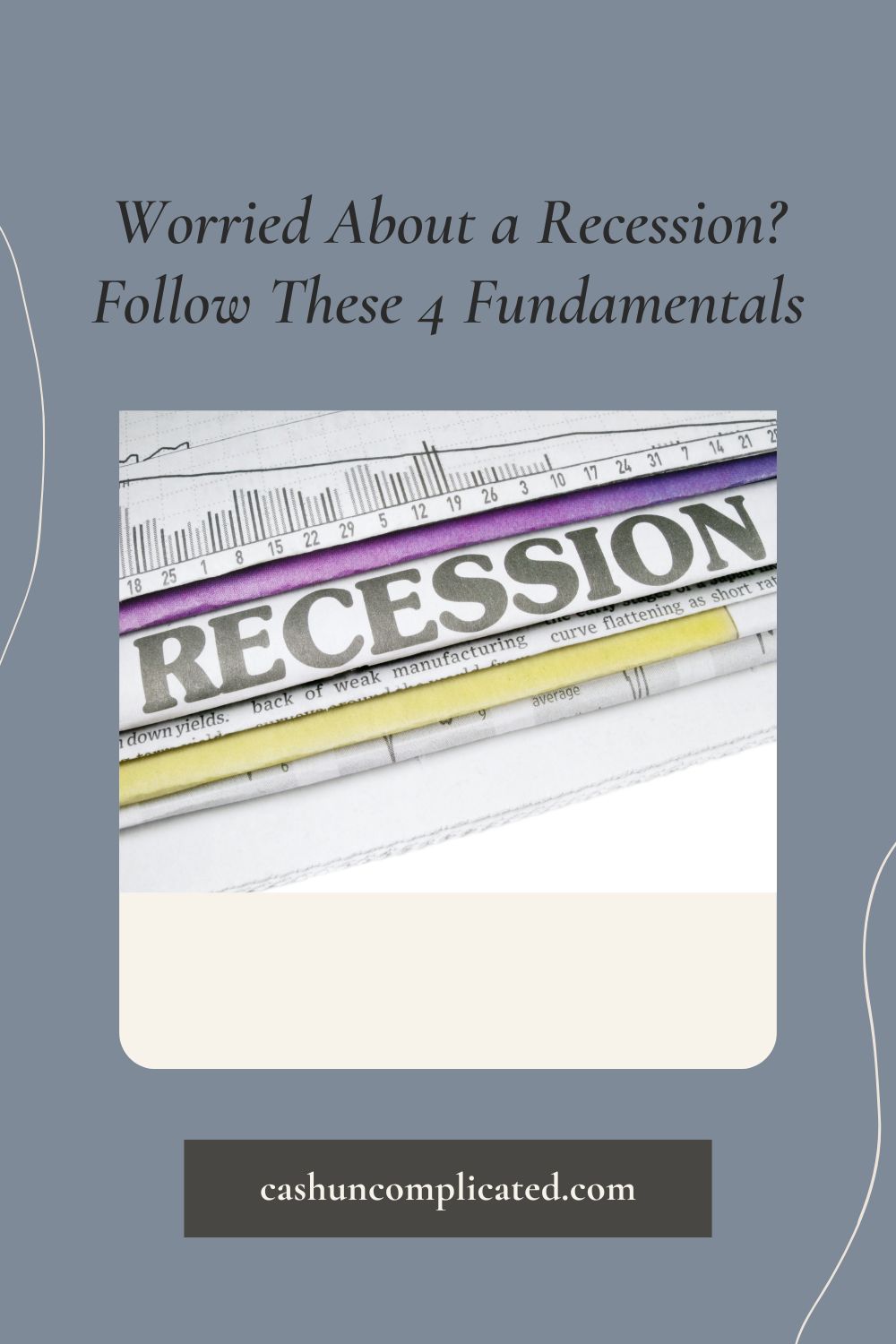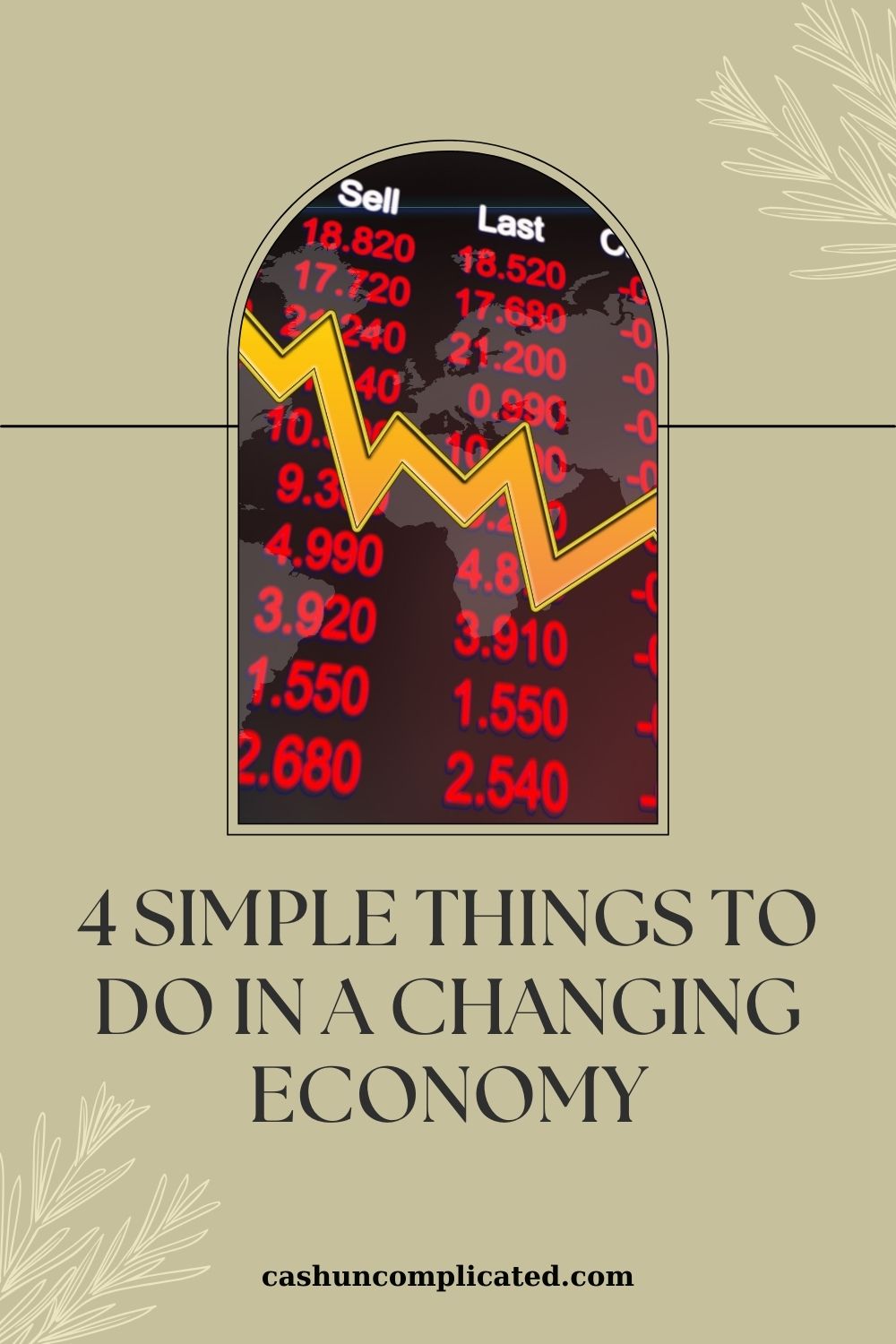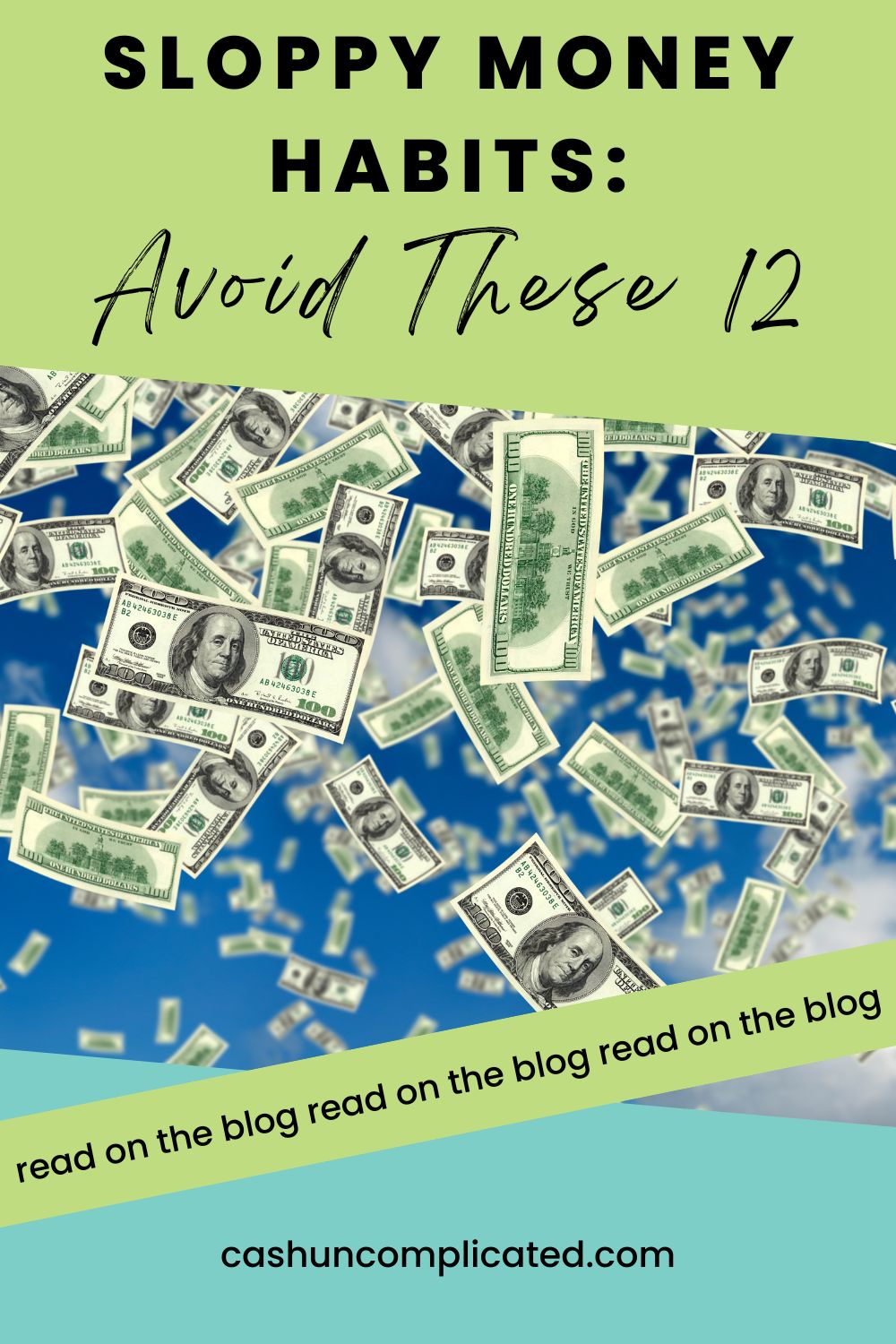There are the staples, the basics, the foundational principles of personal finance. Things like paying yourself first, eliminating consumer debt, automating your income, consistently investing 20 percent or more of your income, etc. All things I wrote about in my book Cash Uncomplicated. Then there are financial independence hacks.
Financial independence hacks are some of the smaller things we can do to move toward financial independence. They aren’t the foundational principles, but do some of the smaller things and they will add up to big results. It’s doing a little thing here, little thing there, and creating big outcomes.
What is Financial Independence?
Financial independence is when all life expenses are paid for without having to work to generate income. Or in other words, passive income from investments creates enough income where work is no longer necessary. Optional, but not mandatory.
For example, a person who generates $6,000 of passive income per month with only $4,500 in expenses is financially independent. They have a monthly surplus of $1,500. An individual who generates $4,000 in passive income but has $5,000 worth of expenses is not financially independent. They are close but they still have a $1,000 gap.
Financial Independence Versus Debt Free
There’s a pervasive thought that being debt free is the same thing financial independence. In reality, they are two very different things. Being debt free isn’t a guarantee of financial independence. And being financially independent isn’t a guarantee that you’re also debt free.
Debt free is pretty simple–it just means you don’t have any debt. That’s a good thing, but it’s not a guarantee that you’re also financially independent. It’s really that you’re just at zero debt. It’s possible to be debt free and to also have zero assets.
Being financially free on the other hand means that your passive income generates enough money to support your lifestyle. And that person no longer is required to work for money if they don’t want to. They still have the option, but don’t have to.
Financial Independence Versus Debt Free: Two Examples
Here are a couple examples to illustrate the difference between financial independence and debt free.
Jane
- Passive income from investments generates $19,000 per month
- Her assets carry $10,000 of monthly debt
- Living expenses (including paying herself first) are $6,000 per month
- Has a monthly surplus of $3,000 after debt pay down and living expenses
Bill
- Debt free
- Has $20,000 in a retirement account that will generate a monthly income in 25 to 30 years
- Job pays $4,200 per month
- Living expenses (including paying himself first) are $3,800 per month
- Has a monthly surplus of $400
Both Jane and Bill are in really good positions. Jane has an abundance of assets making her financially free while Bill is debt free and has a $400 monthly surplus. Even though both Jane and Bill are in really good financial positions, Jane is in a much stronger position.
She has lots of assets, is financially independent, and has a large monthly surplus. She’s not debt free, but she’s more than made up for it with her wise investments that produce a large monthly passive income stream. And if she eventually wants to pay off her debt, she can-and she’ll increase her cashflow even more. If Bill wants to increase his cashflow, he’ll need to either earn more at work or greatly increase his investment portfolio.
Financial Independence Hacks
Now that we’ve clarified a few points, it’s time to move on to the financial independence hacks that can help anyone reach financial independence faster. To optimize these hacks, combine them with the foundational financial principles like creating an emergency fund, eliminating consumer debt, paying yourself first, and automating your money.
Number 1: Take on a Side Hustle with a High Upside
The road to financial independence isn’t a straight path with only one route to get there. There are a lot of paths. One of those paths is to take on a side hustle to generate more income. That income can then be invested, thus allowing your money to compound at a faster rate. As a result of that, the average person will become financially independent faster assuming their expenses have not gone up.
That’s one purpose of the side hustle. I’m going to expand on the side hustle idea though. Rather than take on a side hustle just to generate more income, take on a side hustle that generates more income and has a high upside. Starting a side business is an example of this.
A side business has the possibility of growing really big-enough so that it could turn into a full-time work, or even generate enough revenue to hire people and eventually sell for a large profit.
Contrast that to a typical side hustle where the sole purpose is just to generate extra money. It’s great to have the extra income to invest, just know there are limitations to side hustles like this. The buck stops with the paycheck, leaving little to no room for growth or expansion. There’s nothing wrong with this per se, but if you have the choice between a side hustle with extra income and growth opportunity or just extra income, choose growth.
Number 2: Eliminate a Car
Before you start getting all crazy on me and start saying I think everyone should eliminate their car, hear me out first. This is only for people who live in an area where there is public transportation readily available, walking or biking to work is an option, or where work from home is a possibility. If it’s convenient to eliminate a car, consider it. If it’s not, skip to the next section.
Someone living in a city location where they can walk to work or take public transportation is in a good position to try out eliminating a car. If married or in a long-term relationship, the spouse who can work from home or walk to work eliminates their car and the person who needs to drive to work keeps theirs. Then they share the car in the evening and on weekends.
Again, just think about this one. If it is an option, great. If not, then try some other financial independence hacks–there are plenty to choose from.
Number 3: Eliminate Car Payment
If you can’t eliminate a car, try eliminating the payment. There are several ways to do this. The first is simply bearing down and paying it off as quickly as possible. That means adding extra principal every month until it’s paid off.
Try a side hustle to make more money, work overtime at your job, take on a side project, or find other ways to make money. If you have extra savings, consider dipping into that to pay off the balance.
Another way to eliminate a car payment is to flip your car for another less expensive vehicle. For example, someone who currently owns a car worth $30,000 with $700 per month payments.
If they have $20,000 more to pay on the car note, sell the car–then take the $10,000 profit and buy a less expensive car in cash. Or take the $10,000 profit and use it as a down payment on a car that costs between $12,000-$15,000. That will leave a balance of less than $5,000 and make for a much more manageable car payment that can be paid off considerably quicker.
I’m not suggesting selling a $30,000 car and purchasing a $1,500 car that barely runs. The idea is to sell a really nice car with expensive payments and get a more modest vehicle that can be paid for in cash or with low car payments in a quick amount of time.
Or if you want to keep the expensive car, consider renting it out on Turo when you’re not using it. Many vehicles rent for over $100 per day on the platform. Use the extra money to pay off the car.
Number 4: Travel Hack
Travel doesn’t have to be expensive. It can be, but it doesn’t have to. To reduce travel costs, try travel hacking. There are different ways to do it–some simple and some more complex and time consuming. Pick a strategy that works for you and give it a try.
A few examples of travel hacking:
- Using airline miles to pay for flights and hotels
- Traveling in the off-season
- Planning middle of the week trips
- Scouring the internet for deals
- For shorter trips, driving instead of flying if the whole family is traveling
Utilizing a couple of these strategies can save a lot of money. There is also a lot of power in combining strategies. For example, combining airline miles with middle of the week trips. Use the airline miles to get free flights and use less of those airline miles by traveling middle of the week.
For example, if roundtrip travel from San Francisco to Dallas Friday through Sunday for example is 60,000 miles and Tuesday through Thursday is 30,000 miles, that’s half the travel miles used.
Recommended Resources:
Number 5: House Hack
Housing is expensive. Whether you rent or own, it’s expensive. If you can reduce, or even eliminate your housing costs, that is a massive financial independence hack. House hacking requires some creativity but there are many ways to do it. Here are a few examples to start:
- Buy a house and rent out all the bedrooms
- Airbnb by the room
- Short-term rental the whole house when you are out of town
- Add an ADU–live in it, and rent out the main house
Oftentimes with house hacking, it’s even possible to live in a better location, pay more, and charge more rent–thus reducing monthly costs. For example, someone who purchases a four bedroom, one-million-dollar house in a great location. They live in one bedroom and rent the other three out for $1,500 per room.
$1,500 multiplied by three equals $4,500. If the note on this house is $5,300 including principal, interest, taxes, and insurance, (assuming a 20 percent down payment) they are living in the house for only $800 per month! Not free, but a pretty good financial independence hack and way to live in a nice house, in a nice area, for less than a one-bedroom apartment.
Number 6: Reduce Investing Costs
Here’s one not many people think about. It’s tempting to hire a professional to manage your money for a fee and forget about it. It lifts a burden off, and feels good to have the security of a professional managing the money. Problem is, many of the fees are high and very rarely does anyone beat the market for an extended period of time. So you get worse results and charged for it.
Oftentimes the fees charged by financial advisors are greater than one percent per year. Which doesn’t seem like much until you start doing the math. One percent of a $100,000 portfolio is $1,000. One percent of a million-dollar portfolio is $10,000. Plus, that money paid in fees is not allowed to compound, because it goes to the advisor.
Compare that to low fee index funds in the S&P 500 that actually perform better over time–and thousands of dollars are lost in actual money and opportunity cost. In fact, in 2008, Warren Buffett placed a one-million dollar bet with a hedge fund company that a low cost S&P 500 index fund would outperform the hedge fund. Buffett won the bet. For more on the bet, see this article.
Number 7: Eliminate Unused Subscriptions
This is a fairly quick and easy financial independence hack. Go through all of your subscriptions and circle the ones you use and enjoy. By use, I mean the ones you’ve actually read or used over the past three to four months. Anything that’s not circled, get rid of.
This can be magazine subscriptions, online subscriptions, gym memberships, a wine club, etc. When people do this exercise many find they are only using around half of their memberships. That means they are wasting the other half.
As an example, if someone is spending $150 per month in subscriptions and only uses half of those subscriptions, they are wasting $75 on the unused ones. Simply cancelling them eliminates a $75 bill. That’s a very easy way to eliminate almost $100 in wasteful spending.
Number 8: Reduce Cell Phone Bill
Like the last section, here’s another relatively easy financial independence hack. Reduce your cell phone bill. There are many ways to do this. One of the easiest ways is to get on a family plan. If you’ve got a family of three or four, get everyone on the same cell phone plan. This immediately reduces the bill for each user.
Also try switching carriers. There are many good, low cost carriers that will give you a comparable product to the more expensive option. Many people I’ve talked to have reduced their cell phone bill in half just by doing this.
There’s also the option of reducing data usage, talk time, etc. Those are a little more challenging because you’ll need to monitor usage, but it is a viable strategy.
Number 9: Spend Money Strategically
Most people think about spending money in two ways–spending or not spending. There is a deeper way to look at spending though, and there’s more to it than meets the eye. Spending is strategic. Here are a few examples:
- Spending on household expenses such as cleaning and gardening services to save you time.
- Strategically using money for things with large potential upsides. For example, spending money on club sports for your child who demonstrates a high potential to earn a college scholarship. The thousands of dollars spent during the high school years may result in tens of thousands in college scholarships. (Side note: this doesn’t mean to pressure your kids into sports or other activities, they also need to have a passion and drive to participate in them)
- Paying a little more for a car with better gas mileage, or even an electric vehicle. The money spent today is likely to result in big savings for several years.
Spending strategically is different from investing. Strategic spending may not result in savings or an upside, but it increases the probability. For example, the car scenario cited above.
Number 10: Live in a Less Expensive House
This financial independence hack is a big one, but if the right decision is made, years of savings can result. Finding an inexpensive house in an area that you want to live and meets your needs is a massive financial victory.
It’s one of the primary things that has helped move me faster toward financial freedom than I originally anticipated. After finding an area that meets your needs, and that you enjoy–it comes down to simple math. Compare the less expensive area to other areas of town you have been looking.
For example, if there are two areas you really like and can see yourself living in, directly compare the costs. If everything else is equal, or close enough to equal for you, and there is a $1,500 difference in monthly payments–the less expensive house is going to allow you to invest $1,500 more every single month.
That is no small win as it’s month after month of an extra $1,500. That money can be invested into a variety of things such as stocks, bonds, ETF’s, etc. It can even be invested into rental properties, allowing your money to grow in a leveraged investment while tenants pay down your principal.
Number 11: Walk, Ride, Take Public Transportation
The last financial independence hack is to walk, ride, or take public transportation one or more days a week. This works especially well for people who either live near work or have access to public transportation nearby.
Start with one day a week and see how you like it. You may be able to bump it up to two days a week or even multiple days. But first commit to one day a week and be consistent. Many people have found that they enjoy walking, biking, or taking public transportation to work more than driving. Walking and biking provide fresh air and exercise, and public transportation provides time to read, write, or get a jump start on the work day.
Conclusion
There are many financial independence hacks to help you reach your goals faster. This list is just the tip of the iceberg, and designed to get your own ideas flowing. The financial principles don’t change, but the hacks do.
There are so many ways to be creative and utilize different strategies. And those strategies and hacks probably will change over time. Someone in their early 20’s is probably willing to try a lot more of these hacks than a middle aged person with a couple kids. So try out a few and come up with some of your own. Track your savings and keep building the momentum.
What financial independence hacks have worked for you?

